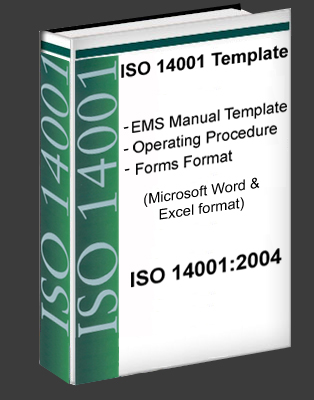If you are someone who is looking into getting an ISO 14001, then you may be wondering exactly why it is that you have to get this accreditation. First, you have to understand that ISO stands for the International Organisation of Standardisation. This is a series of standards that have been developed with a singular level of guidance for all companies to measure up to. The particular 14001 deals with the requirements that you will need to have in order to measure up to the environmental standards that have been set forth by the ISO.
While you do not necessarily have to get the ISO 14001 accreditation to operate your business, it is something you can do to prove to your clients and customers that you are doing your part to help out with the environment. However, you may be confused on how to go about getting this important accreditation, but it is not as difficult to attain as you might think, and most businesses should be able to get the certification within a year of the application. You should know that they will want to make sure that you have been following some form of environmental standards for at least three months prior to your application. To do this you can write an environmental review of your company’s environmental impact as it is in its current operating state. You will then want to make sure that you provide this information when you send off your initial paperwork to begin the overall process.
In order to help prove that your company is doing its part to be environmentally aware you will have to go through an initial audit once the application has been filled out and filed. After the audit has been completed you will get a list of issues that the auditor feels you need to resolve before you can be certified for the ISO 14001. You will need to work on and correct these issues before the second audit is conducted, and they will give you a time period (usually three to six months) when they will return to check on your progress.
When the second audit occurs they will once again assess the overall business and then they will address the issues that were laid out in the previous audit. If everything goes well then your company will have proven that they are doing what they can to meet the standard set forth in ISO 14001, and they will then receive accreditation. However, this is not the end of the process. Even though you are now recognised as having environmentally conscious policies that are congruent with the international standards, you will have to go through periodic audits every three years to make sure that you are still operating correctly. Not only this, but every three months partial aspects of your company will be analysed to see that they are still working within the standards as well. As long as you remain within the compliance terms you will continue to receive your ISO 14001 certification.
